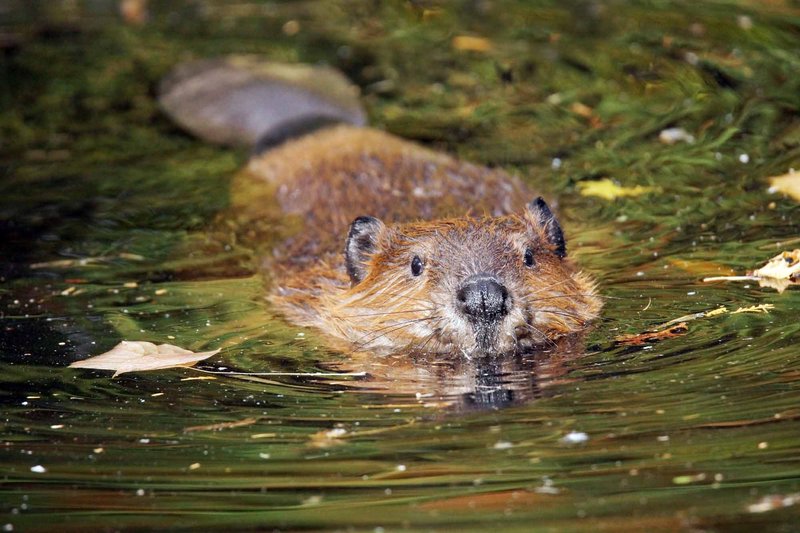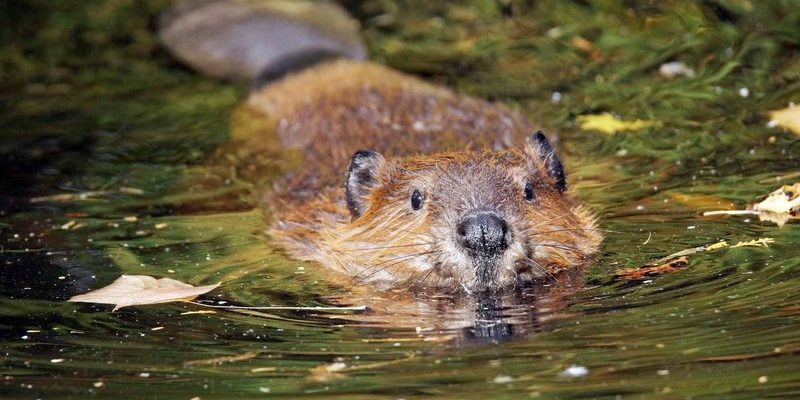
Beavers, with their flat tails and ever-growing teeth, play essential roles in our ecosystems. However, like many species, they face threats that can put their populations at risk. In this article, let’s dive into the current status of beavers across the globe. We’ll explore what factors influence their populations, how conservation efforts are shaping their future, and why understanding their plight matters to all of us.
Understanding Beaver Populations
Beavers belong to the family Castoridae and are primarily found in North America and parts of Europe and Asia. There are two main species: the North American beaver (*Castor canadensis*) and the Eurasian beaver (*Castor fiber*). Both species are crucial for their respective ecosystems but face different challenges due to their geographical locations and human activity.
You might find it interesting that beavers are not considered endangered globally. In fact, their populations have rebounded significantly in North America after being hunted nearly to extinction in the early 1900s. Thanks to conservation efforts and protective laws, these resilient critters have made a remarkable comeback. However, in some areas, especially in parts of Europe and Asia, beaver populations are still at risk due to habitat loss, hunting, and conflicts with human activities.
The Role of Beavers in Ecosystems
Beavers are often referred to as “ecosystem engineers.” Their dam-building activities create ponds that serve as water storage, help manage floods, and provide habitats for diverse wildlife. When beavers build dams, they not only create wetlands but also contribute to improved water quality by filtering pollutants and regulating water temperature.
These wetlands are essential for various species, including fish, amphibians, and birds. Without beavers, many of these organisms would struggle to find suitable habitats. So, while you may view a beaver dam as just a bundle of sticks, it’s actually a thriving community hub in the ecosystem.
Threats to Beaver Populations
Despite their remarkable comeback in some regions, beavers still face several threats. One of the most significant issues is habitat loss, often caused by urban development, agriculture, and logging. When wetlands are drained or altered, beavers lose their homes and food sources.
Another major challenge is human-beaver conflict. Sometimes beavers create dams that flood farmland or disrupt human infrastructure. In these cases, landowners may resort to trapping or relocation, further endangering local populations. It’s a delicate balance: while beavers are essential for the ecosystem, they can also create challenges for people.
Lastly, climate change poses a long-term threat to beavers. As patterns of rainfall and temperature shift, so too do the habitats essential for beavers to thrive. Increased droughts and changing water levels can impact their ability to build dams and find food.
Conservation Efforts for Beavers
Many organizations and wildlife agencies are working to protect beavers and their habitats. One effective strategy is habitat restoration. This involves restoring wetlands and ensuring that beavers have the resources they need to thrive. By reintroducing beavers into areas where they have been absent, these efforts can help restore natural ecosystems.
Another interesting approach is using beaver-friendly management practices. Instead of removing beavers or their dams, landowners are finding ways to coexist with these animals. For example, installing flow devices can control water levels while allowing beavers to remain in the area. This method not only helps preserve beaver populations but also maintains the ecological benefits they provide.
Collaboration between wildlife agencies, local communities, and conservation groups is crucial. When everyone works together, we can create solutions that benefit both humans and wildlife.
The Importance of Conservation Awareness
You might be surprised to learn how much beaver conservation impacts broader environmental health. Healthy beaver populations often lead to healthier ecosystems. By raising awareness about the importance of conserving these creatures, we can inspire more people to get involved in local conservation efforts.
For instance, some communities are hosting educational workshops or creating campaigns that emphasize the benefits of beavers. These initiatives help dispel misconceptions and promote a better understanding of the vital role beavers play. After all, fostering a positive perception of beavers can lead to increased protection and support for their habitats.
How You Can Help
You don’t have to be a scientist or conservation expert to make a difference. Here are a few simple ways you can get involved in beaver conservation:
- Educate Yourself: Learn more about beavers and their environments. Understanding their role in ecosystems can help you share that knowledge with others.
- Support Local Conservation Efforts: Look for organizations in your area that focus on wildlife conservation and consider volunteering or donating.
- Advocate for Wetland Protection: Wetlands are crucial for beavers and many other species. Get involved in local efforts to protect these areas.
- Spread Awareness: Share what you’ve learned with friends and family. The more people know about the importance of beavers, the more we can work together for their conservation.
Looking Ahead: The Future of Beavers
So, where do we go from here? The future of beavers isn’t set in stone, but it certainly can be bright with the right actions. Continued conservation efforts, along with supportive policies, can help ensure these remarkable creatures thrive in their natural habitats.
As more people recognize the importance of beaver populations, there’s hope for the future. With everyone pitching in, we can work towards a balanced coexistence between humans and nature.
Final Thoughts
Understanding whether beavers are endangered involves looking at the bigger picture of their ecological significance and the threats they face. While they are not in immediate danger globally, many regions require ongoing conservation efforts to protect their populations.
By appreciating what beavers do for our environment and getting involved in their conservation, we can contribute to a healthier planet. After all, we share this world with these fascinating creatures, and their survival is intertwined with ours. So, let’s continue to learn, advocate, and support beaver conservation for generations to come.

